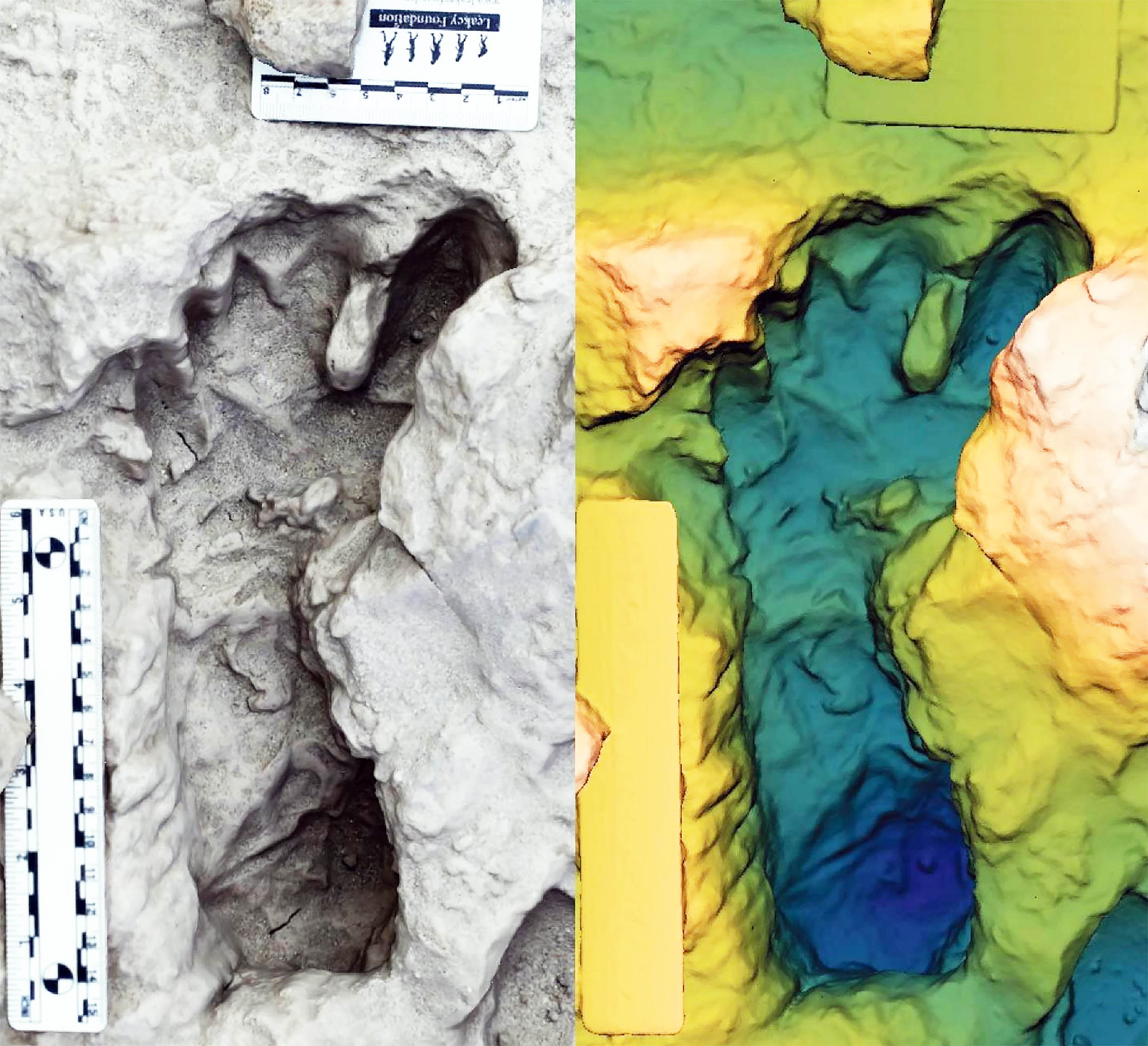Why Did Neanderthals Disappear? Shocking Mini-Brain Research Reveals Secrets!

What if the tiny, peppercorn-sized mini-brains grown in a lab could unlock the mystery of why Homo sapiens thrived while Neanderthals vanished? That’s the groundbreaking question posed by researchers at the University of California San Diego, who are using these remarkable organoids to dig deep into evolutionary history.
These lab-grown wonders, known as organoids, are made from clusters of self-organizing human stem cells that replicate the initial stages of brain development. While they don’t think or feel like we do, these mini-brains could hold valuable clues to our past. What makes them especially fascinating is that they can be engineered to carry either modern human genes or those of our ancient cousins, the Neanderthals.
Under the guidance of Dr. Alysson Muotri and his team, the experiment dives into a surprising angle: could exposure to lead have impacted the fate of Neanderthals? This research, published in the esteemed journal Science Advances, suggests that lead may have played a role in Neanderthal extinction around 40,000 years ago, a significant period when these once-dominant hominins were living across Europe and Asia.
The implications of this research stretch far beyond mere speculation; they challenge our understanding of how environmental factors intersect with evolutionary biology. By examining these organoids, scientists are not just re-telling a story of survival, but are flipping the script on our own understanding of human history. It’s a captivating blend of science and storytelling that showcases how far we've come—and what we still have yet to learn.

























